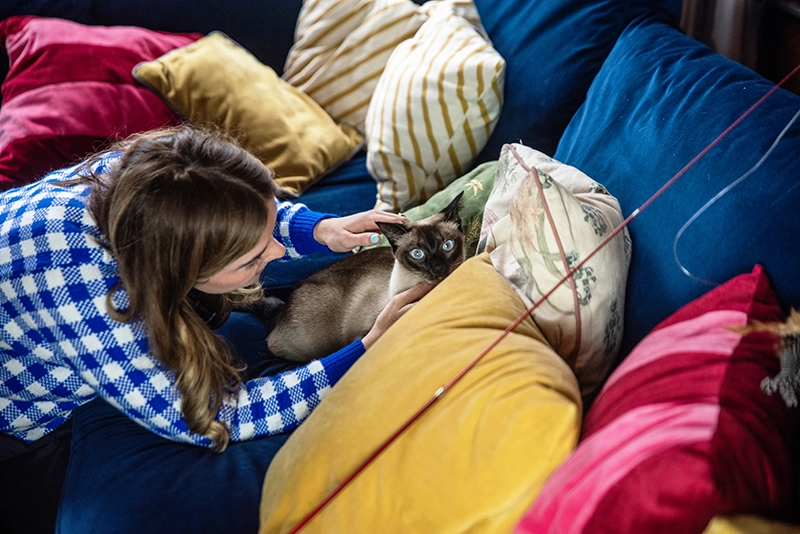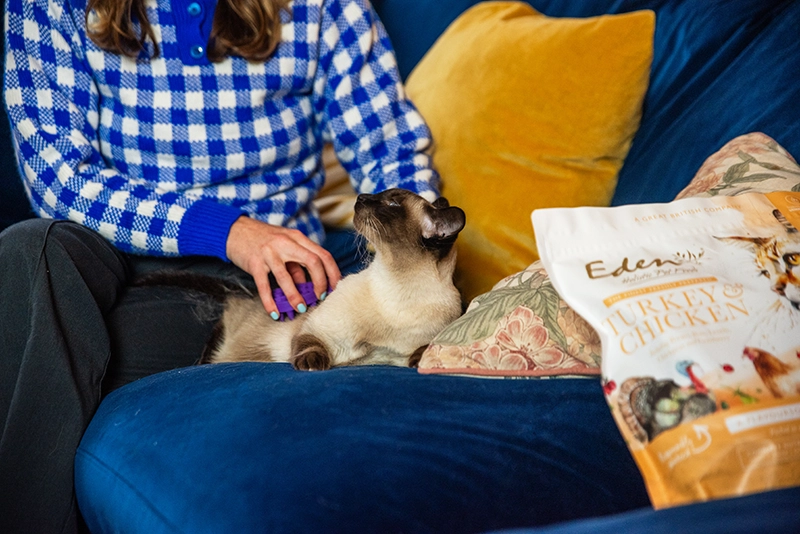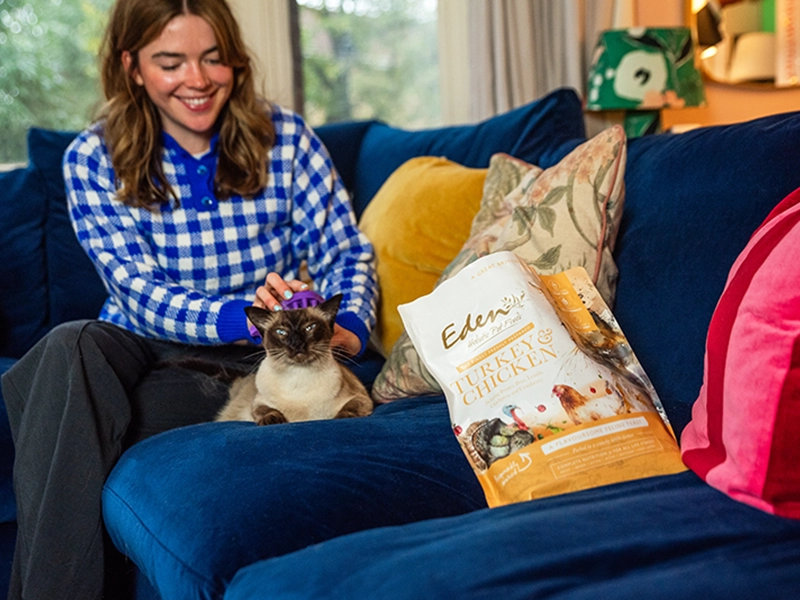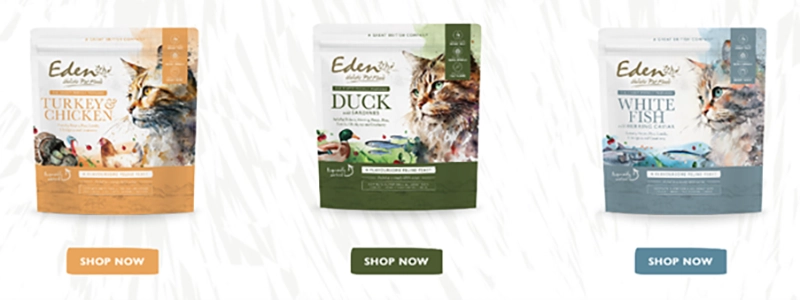Intro
Hairballs are a common occurrence in many cats, especially long, haired breeds. For first time cat owners, it can be worrying when a cat begins to regurgitate hairballs. Rest assured that this process is completely natural, and should only be a cause for concern if hairballs are excessive. This blog will provide an overview of how hairballs are formed, what they may lead to, and how they can be reduced to improve the wellbeing of your cat.
Why do cats get hairballs?
Cats groom themselves for ~30-50% of their daily lives, in order to reduce matted fur and keep their coat clean. Cats have barbed tongues that act similarly to a brush, allowing them to clean their fur effectively. Sometimes, loose fur can get caught in these barbs, and is then swallowed by the cat.
Cat hairs are made of keratin, which cats are unable to digest, and so most swallowed hair typically passes through the digestive system into their stools. However, some of this hair stays within the stomach, building up over time and becoming matted into a ball which is then regurgitated if it cannot pass through to the small intestine.

What problems are caused if hairballs are ignored?
In some cases, hairballs can lead to various health conditions. For example, it can result in changes to their bowel movements, causing issues such as diarrhoea or constipation. Persistent vomiting may also occur, along with indigestion. If hairballs struggle to pass naturally, they can sometimes clog the intestines, with serious cases requiring surgery for it to be removed.
Furthermore, the stomach lining may suffer damage, potentially leading to ulcers or bleeding. This condition can also diminish the cat's appetite, potentially resulting in weight loss or malnourishment. Additionally, untreated hairballs can contribute to overgrooming or alopecia due to associated skin diseases, further affecting the cat's well-being and quality of life.
Excessive hairballs can sometimes signify an underlying health condition, such as anxiety from overgrooming or digestive issues, so if you are concerned, you should contact your vet for support.

How to prevent excessive hairballs
A great method to reduce the frequency of hairballs is to introduce fibres such as cellulose or beet pulp, which are thought to bind to the strands of fur that the cat swallows during grooming. They aid in keeping the fur passing through the intestinal tract to be expelled in stools, rather than the fur accumulating within the stomach where it may be regurgitated. Another way to prevent the formation of hairballs is by regularly brushing your cat to remove loose hair in their fur that could be ingested, especially if your cat is a long-haired breed.
Eden have spent many years on the research and development of their Feline Feast dried kibble range. We understood that hairballs are not only a common occurrence in cats, but also a simple aspect to reduce if adequate measures are provided. To support cats with their hairballs, we include both cellulose and beet pulp into our Feline Feast compositions, which reduces the frequency of hairballs, letting them enjoy their days to the fullest.
We have three fantastic Feline Feast recipes to choose from, based on your cat’s lifestyle and characteristics. This also includes a sample box of all 3 flavours if you would like to try before you buy, or if you have a fussy puss at home. You can find out more here:

